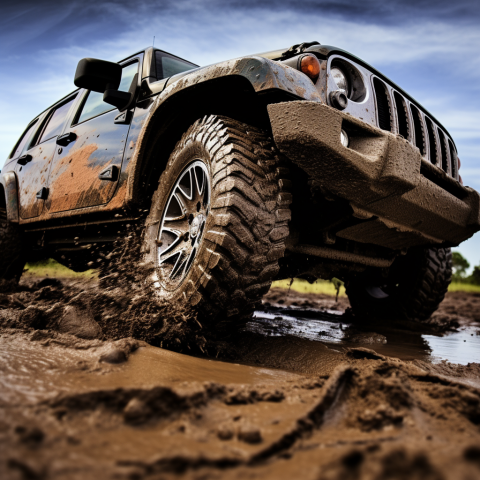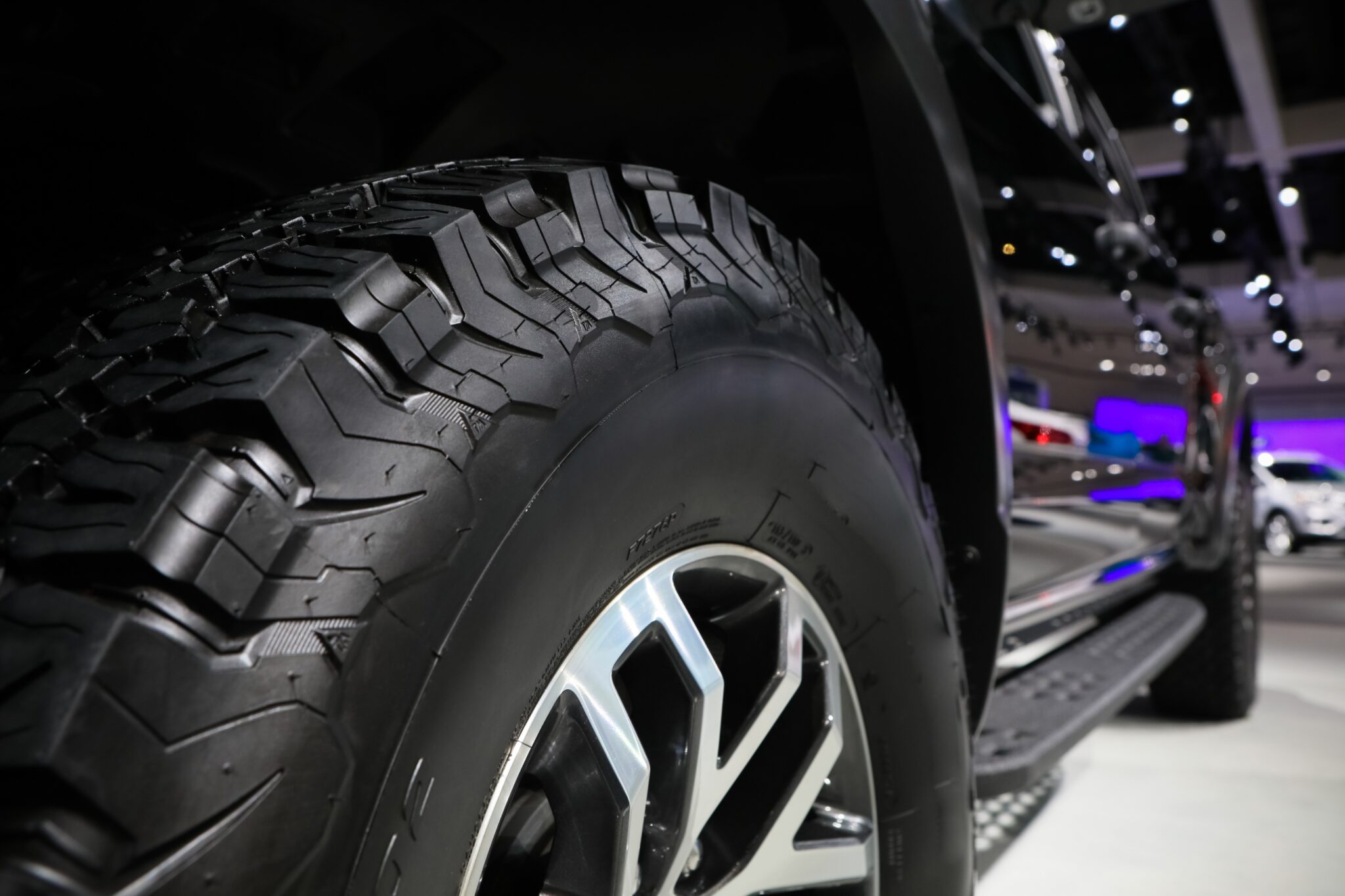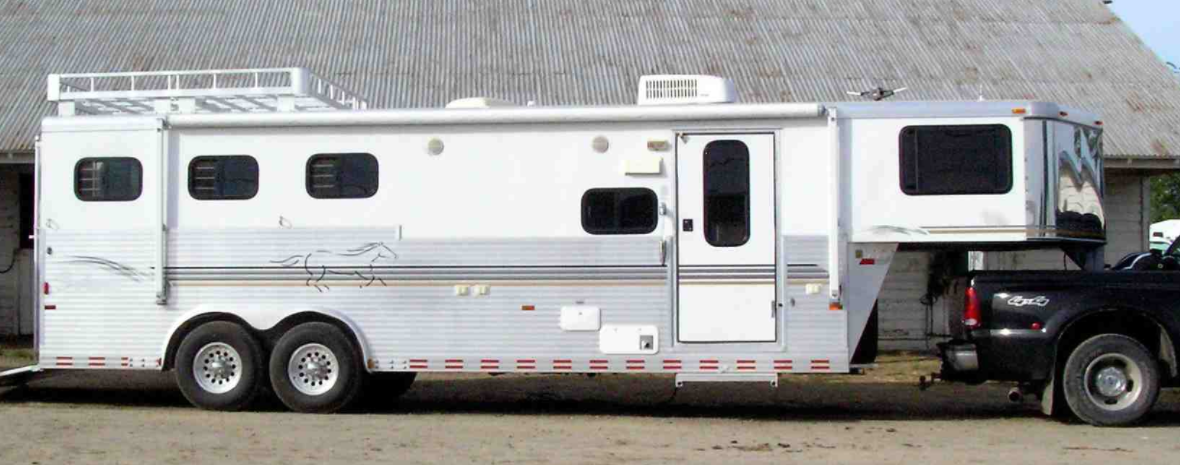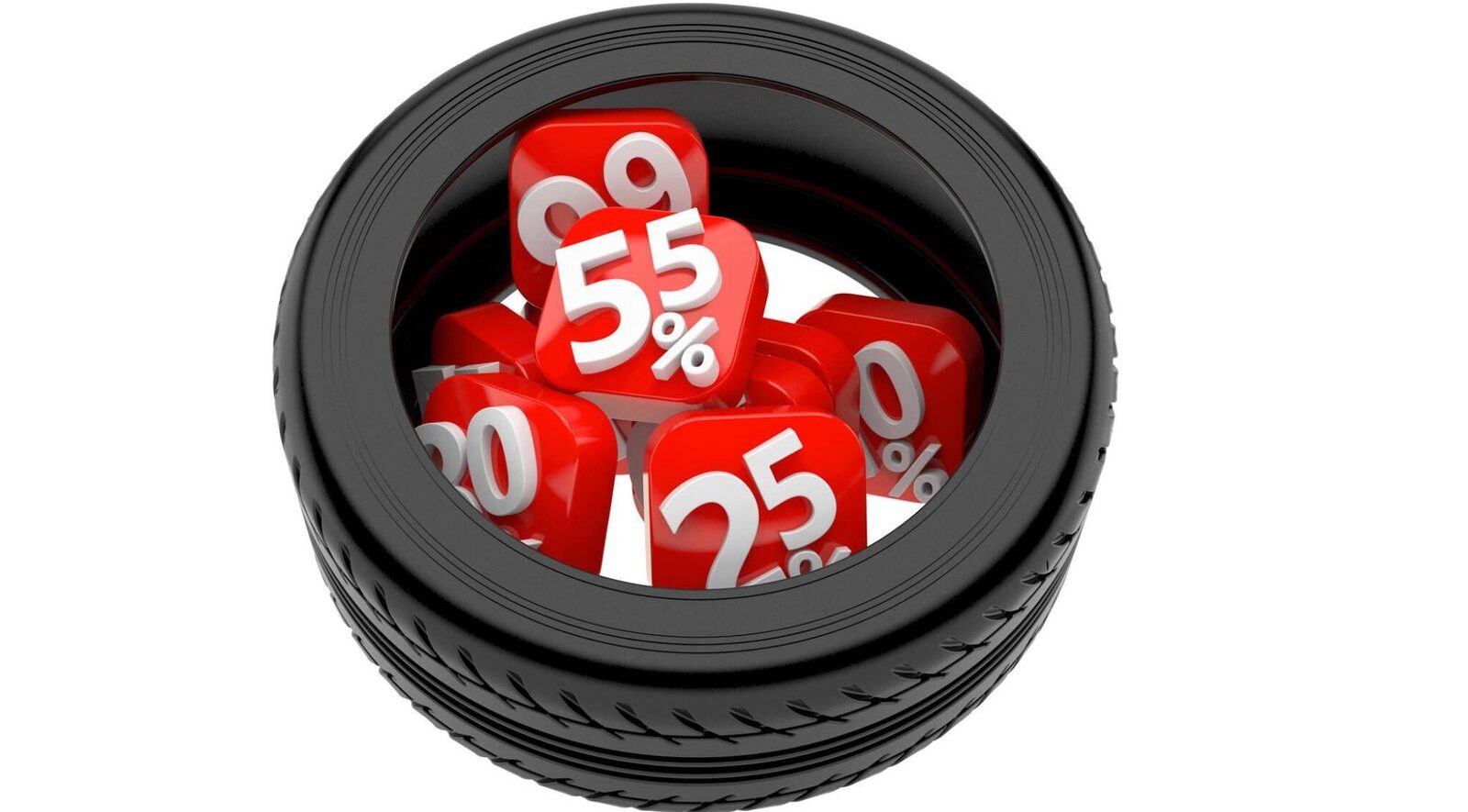Last Updated on April 21, 2024
Maximize Performance and Style with Plus Sizing for Tires
Plus, sizing tires is a quick way to dress up your vehicle and increase its ability to grip the road.
Your vehicle comes with tires with a specific diameter and height. When you move into plus sizes, you keep the same tire height but with wider tires and shorter, skinnier sidewalls.
When enhancing your vehicle’s performance and appearance, few upgrades make as much of a difference as plus-sized tires. It’s popular among car enthusiasts and those looking to elevate their driving experience. This blog will explore the concept of plus-sizing tires, why they matter, and how they can transform your vehicle. Let’s dive into upgrading your wheels and tires to a whole new level.
Understanding Plus Sizing Tires
Plus, sizing tires involves mounting larger diameter wheels and tires on your vehicle compared to the manufacturer’s recommended size. Essentially, it’s all about increasing the size of your wheels and tires while maintaining the same overall tire diameter. This upgrade provides several advantages:
1. Improved Handling and Performance
- Larger tires offer more contact with the road, enhancing traction and grip.
- Enhanced cornering stability and control, especially during high-speed maneuvers.
- A sportier and more responsive driving experience.
2. Enhanced Aesthetics
- Plus, sizing tires can significantly enhance your vehicle’s appearance. Larger wheels fill out the wheel wells, creating a more aggressive and stylish look.
- Customizable options allow you to choose the style and finish of your new wheels, complementing your vehicle’s design.

3. Better Braking Performance
- Larger brakes can be accommodated with plus-sized wheels and tires, improving braking efficiency and reducing stopping distances.
4. Customization Options
- A wide range of sizes is available for plus-sizing tires, allowing you to tailor your vehicle’s performance and appearance to your preferences.
5. Potential Downsides
- It’s essential to consider potential downsides, such as a slightly harsher ride due to shorter sidewalls and potential speedometer inaccuracies. However, these can often be mitigated with careful selection and proper installation.
How does Plus Sizing Tires increase performance?
When your tire is more comprehensive, your tire’s footprint, the “contact patch,” is more extensive, which means a firmer grip on the road.
When your tire’s sidewall is skinnier or has a lower aspect ratio, it is less flexible, creating better lateral stability because it reduces tire squirm.
All in all, you get increased stability and better handling.
Plus Sizing Tires Benefits:
- A sporty, fashionable look
- Increased performance, stability, and handling
Plus Sizing Negatives:
- Poor traction on snowy roads
- Especially for SUVs and Trucks that add the largest possible plus sizes, the tire and wheel combination will be considerably heavier, which can mean longer stopping distances, lower gas mileage, and faster brake wear.
Plus Sizing Tires Details:
- Plus Zero – You change only the width of your tires, no increase in wheel diameter.
- Plus One – You increase the wheel diameter by one inch.
- Plus Two – You increase the wheel diameter by two inches.
- Plus Three – The maximum recommended is increasing the wheel diameter by three inches.
The performance benefits gained by Plus Sizing Tires are mainly achieved with Plus One. As you grow, the beneficial effects only minimally increase, and adverse effects might increase.
It is widely recommended that you stay within 3% of the diameter/height of your vehicle’s OE tires. Further increases can cause brake failure, false odometer readings, and other serious problems.
Selecting the Right Plus Size for Your Tires: A Detailed Guide
The decision should be well-informed and tailored to your vehicle’s needs and driving preferences regarding plus sizing your tires. Here’s an in-depth look at how to select the right plus size:
1. Vehicle Fitment
- Consider your vehicle’s make and model. Not all cars can accommodate larger wheels and tires without modifications. Check the owner’s manual or consult a tire specialist to determine the maximum tire size your vehicle can safely handle.
2. Intended Use
- Define your driving needs. Are you primarily looking for enhanced performance, better aesthetics, or both? Different plus sizes can cater to specific purposes.
- If you aim for better performance, focus on wider tires with a lower aspect ratio for improved grip and handling.
- For an aesthetic upgrade, you can choose larger wheel sizes that fill out the wheel wells for a sportier appearance.
3. Plus Sizing Calculations
- To maintain the overall tire diameter and prevent speedometer inaccuracies, it’s crucial to calculate the correct plus size. This involves increasing the wheel diameter while selecting a lower-profile tire with a shorter sidewall.
- You can use online plus sizing tiers calculators or consult a tire specialist to ensure the chosen plus size is within the recommended parameters.
4. Load and Weight Ratings
- Ensure the plus-sized tires you choose have an appropriate load rating to match the vehicle’s weight and intended cargo load. Overloading tires can lead to safety risks and premature wear.
5. Speed Rating
- Check the speed rating of the new tires. It should be equal to or higher than the vehicle manufacturer’s specifications to maintain safe driving speeds.

6. Consult a Tire Specialist
- When in doubt, it’s wise to consult a tire specialist or visit a reputable tire shop. Experienced professionals can provide expert guidance based on your specific vehicle and requirements.
- They can also recommend tire brands and models known for their performance and reliability in your chosen plus size.
7. Consider Suspension and Alignment
- Upgrading to larger wheels and tires can impact your vehicle’s suspension and alignment. Ensure any necessary adjustments are made to maintain proper handling and tire wear.
8. Test Drive and Evaluate
- After the plus sizing tires installation, take your vehicle for a test drive to assess the handling, ride comfort, and performance. Adjustments may be needed to fine-tune the setup to your satisfaction.
By carefully considering these factors and seeking professional guidance, you can confidently select the right plus size for your tires. Plus, sizing can significantly enhance your vehicle’s performance and aesthetics, but the key is ensuring that the chosen upgrade aligns with your vehicle’s capabilities and driving goals.
Conclusion
Plus, sizing tires isn’t just about making your vehicle look cooler; it’s a performance-enhancing upgrade that can transform your driving experience. Whether you’re seeking better handling, improved aesthetics, or a combination of both, sizing tires allows you to customize your vehicle to meet your needs and preferences.
So, if you’re ready to take your ride to the next level, consider the exciting world of plus-sizing tires and experience the benefits.
FAQs
How does increasing tire size affect performance?
Increasing tire size can have both positive and negative effects on performance. Here’s how it typically impacts performance:
Positive Effects: Larger tires provide a larger contact patch with the road, which can improve traction and grip. This can result in better acceleration, cornering, and overall handling. Additionally, larger tires can accommodate larger brakes, enhancing braking performance.
Adverse Effects: On the downside, larger tires can increase the vehicle’s unsprung weight, potentially leading to a slightly harsher ride. They can also affect the vehicle’s gearing, potentially altering acceleration characteristics. Moreover, if the tire size is not carefully chosen, it can lead to inaccuracies in the speedo-meter.
What are plus-size tires?
Plus, sizing tires involves mounting larger wheels and tires on a vehicle than the manufacturer’s recommended size while maintaining the same overall diameter. This upgrade is often done to enhance performance, aesthetics, or both.
Does tire width affect performance?
Yes, tire width can significantly affect performance. Wider tires provide a larger contact patch with the road, generally improving traction and grip. This mainly benefits high-performance and sports cars, enhancing cornering stability and overall handling. However, wider tires can also increase rolling resistance, affecting fuel efficiency, and choosing the correct tire width aligns with your vehicle’s performance goals and intended use.









